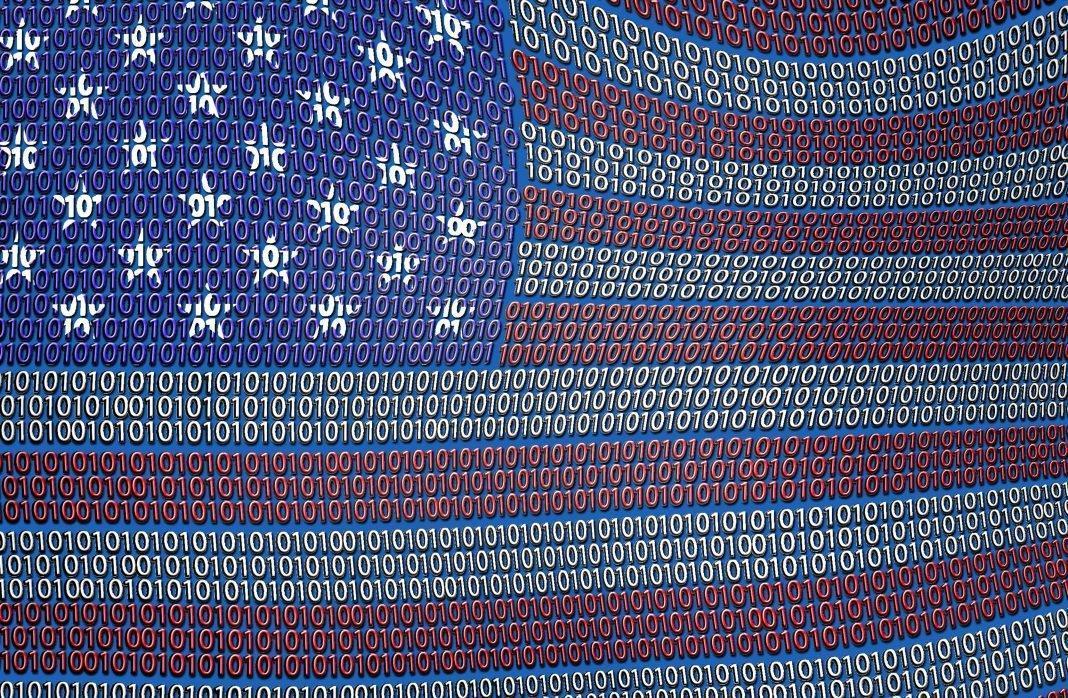One of the most discussed topics of this year’s election cycle is how best to protect the elections themselves from hackers and other outside influence.
Following the multitude of hacks, leaked emails, data breaches, and disinformation campaigns that marred the 2016 elections, Congress has allocated $380 million to states requesting cybersecurity assistance. The grants came in the form of a special allocation from the Help America Vote Act (HAVA) of 2002.
To date, roughly 55% of the funds from HAVA have been allocated to 26 states with a minimum of $3 million per state (allocated to Montana and Vermont) and a maximum of $23 million to Texas to enhance security via methods such as risk and vulnerability assessments, ensuring paper trails for election results, and building in cyber defenses. Senate Republicans rejected a bill to allocate another $250 million this August.
Many experts have described the infusion of money as being too little too late, including former Facebook security chief Alex Stamos, who led Facebook’s response to Russian meddling in 2016.
“In some ways, the United States has broadcast to the world that it doesn’t take these issues seriously,” Stamos wrote in August, going on to say that “[w]hile this failure has left the U.S. unprepared to protect the 2018 elections, there is still a chance to defend American democracy in 2020.”
Meanwhile the stories about threats to our democratic process continue to pile up. The time for real solutions to our election security quagmire has long since past.










